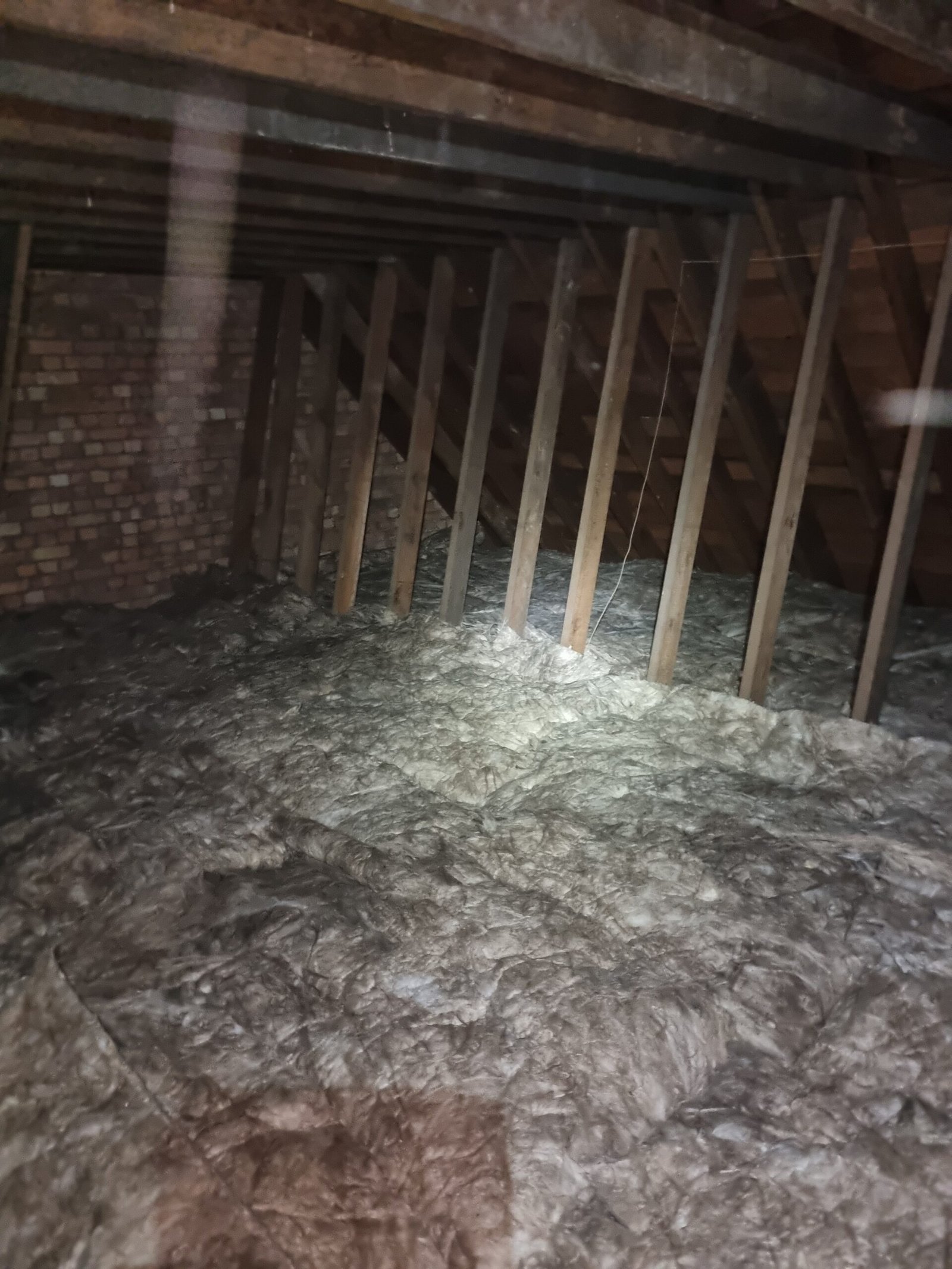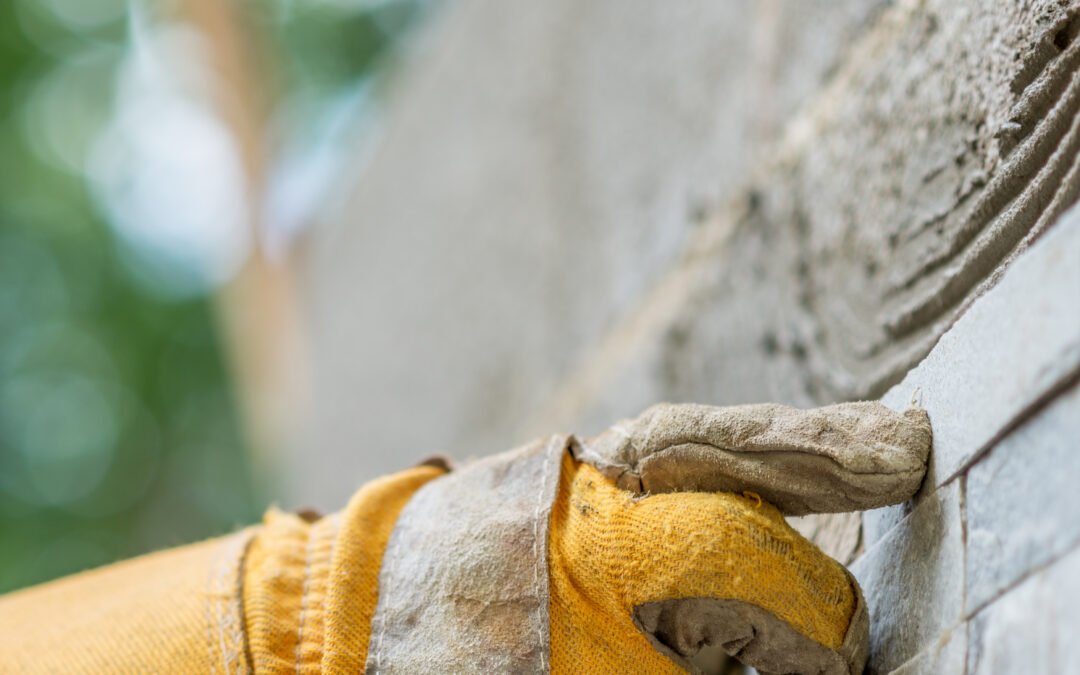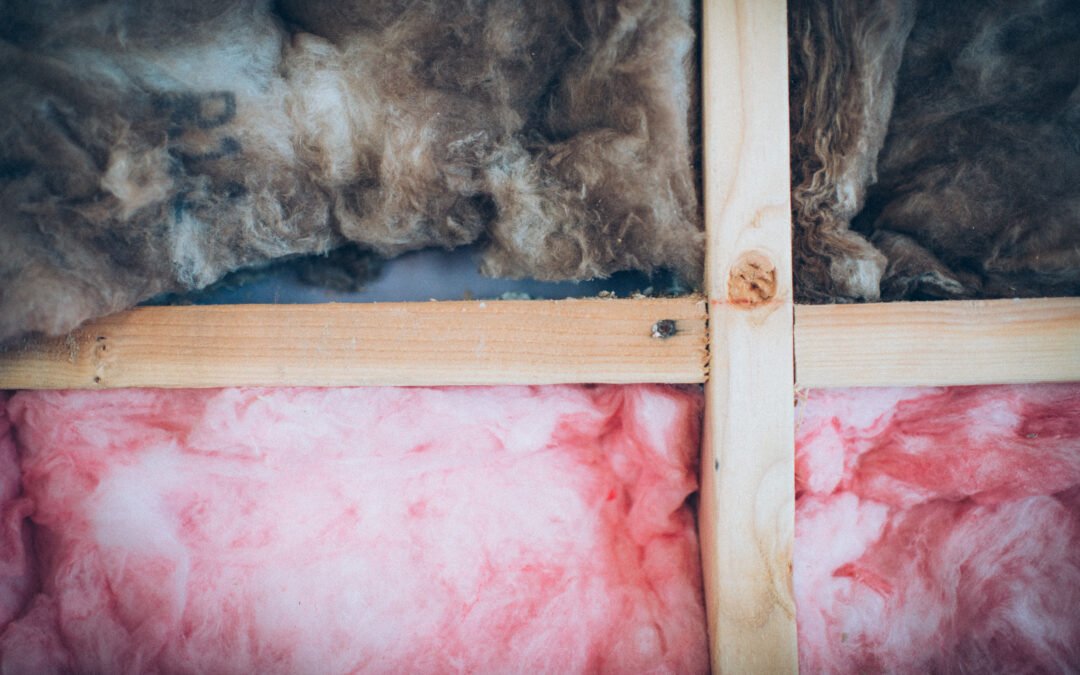Understanding Loft Insulation Basics
Loft insulation is a critical component in managing the energy efficiency of homes in Newmarket. Essentially, it involves the application of materials in the attic or roof space to reduce heat transfer. This process not only keeps the house warm during the colder months but also helps in maintaining a cool environment during warmer weather. Knowing the basics of loft insulation is the first step towards making informed decisions about enhancing your home’s energy efficiency.
The principle behind loft insulation is simple: trap air within the fibres of the insulating material. This trapped air creates a barrier that impedes the flow of heat. Most loft insulations are made from materials such as glass wool, rock wool, or cellulose fibres, which are excellent at trapping air. The effectiveness of loft insulation is measured in terms of its thermal resistance, or R-value, which indicates the material’s ability to resist heat flow.
In Newmarket, considering the local climate which features cool winters and mild summers, proper loft insulation is not just a utility luxury but a necessity. It ensures that the energy used to heat or cool the home is utilised optimally, leading to significant energy savings and enhanced indoor comfort throughout the year.
Key Benefits of Loft Insulation in Newmarket
Installing loft insulation in Newmarket homes provides several benefits, primarily centred around cost savings and environmental impact. Firstly, with proper insulation, homeowners can expect a significant reduction in their heating bills. Insulation keeps the warmth generated by heating systems within the home, reducing the need for continual heating and thereby lowering energy costs.
Another major benefit is the increase in property value. Homes in Newmarket with high-quality loft insulation are often valued higher and are more attractive to potential buyers. This is because the insulation implies lower future energy costs and better living conditions. Environmentally, loft insulation contributes to reducing carbon footprints by decreasing the energy needed to heat or cool the house, thus directly affecting energy conservation efforts.
Beyond cost and environmental benefits, comfort is significantly enhanced with good loft insulation. It eliminates issues related to drafts and cold spots in the winter, while in the summer, it helps in keeping the home cooler. Residents of Newmarket can enjoy a more consistent indoor temperature, contributing to a more comfortable and healthier living environment.
Choosing the Right Insulation Material
The choice of insulation material is crucial in achieving the desired thermal efficiency. In Newmarket, the most commonly used materials include fibreglass, mineral wool, and cellulose. Each of these materials offers different benefits and suitability depending on the specific requirements of the loft space and homeowner preferences.
Fibreglass is popular due to its cost-effectiveness and high R-value; however, it requires careful handling due to the fine glass particles that can irritate the skin and lungs. Mineral wool, on the other hand, is known for its fire-resistant properties and sound insulation capabilities, making it a good choice for homes close to noisy areas. Cellulose, made from recycled paper products, is an eco-friendly option and is excellent for tight spaces since it can be blown into place.
When selecting insulation material, it’s essential to consider factors such as the existing structure of the home, budget, and specific insulation needs. Sometimes, a combination of materials can be used to optimize both cost and efficiency. Homeowners in Newmarket should consult with insulation professionals to make an informed choice that meets both their practical and environmental goals.
Step-by-Step Guide to Installing Loft Insulation
Installing loft insulation in Newmarket can be a DIY project or handled by professionals. If opting for DIY, the first step is to measure the loft space accurately to purchase the right amount of insulation material. Next, prepare the loft by clearing it of any stored items and ensuring that it is clean and dry. This is crucial to prevent any damp issues that could affect the performance of the insulation.
The actual installation begins with laying the insulation material between the joists — the horizontal beams that support the ceiling. It’s important to lay the material evenly and avoid compressing it, as this can reduce its insulating effectiveness. If the existing insulation is below the level of the joists, it is advisable to lay a new layer of insulation material over the joists to ensure maximum thermal resistance.
Finally, consider insulating the loft hatch as well by attaching a piece of insulation material to the hatch. This prevents heat from escaping through the loft hatch and completes the insulation process. Always use protective gear, such as gloves, a dust mask, and goggles, when handling insulation materials, especially fibreglass and mineral wool.
Complying with Newmarket Building Regulations
In Newmarket, as in the rest of the UK, building regulations specify minimum standards for thermal efficiency, which include requirements for loft insulation. These regulations are intended to ensure homes are energy-efficient and comply with national environmental objectives. Homeowners looking to install or upgrade their loft insulation need to familiarise themselves with these regulations to ensure compliance.
The current regulations require a minimum R-value, which may necessitate a certain thickness of insulation material. It’s also important to consider the ventilation needs of your loft when installing insulation. Improper installation can lead to condensation and potential structural damage over time. Therefore, adherence to the guidelines not only ensures legal compliance but also the effectiveness and longevity of the insulation.
For those unsure about the specifics of the regulations or how to comply, it is advisable to consult with a local building control officer or a professional insulation installer. They can provide guidance tailored to your specific situation and needs, ensuring that your loft insulation meets both the legal requirements and your personal energy efficiency goals.
Costs and Savings: Insulation Investment Analysis
The initial cost of installing loft insulation in Newmarket can vary depending on the choice of materials and whether the installation is DIY or professionally done. However, the long-term savings significantly outweigh the initial investment. Well-insulated lofts can save homeowners up to 20% on their heating bills, which, considering the rising energy costs, can be substantial.
An analysis of the cost versus savings will show that the payback period for loft insulation is typically short, often within 3 to 4 years. After this period, the savings directly contribute to the household’s disposable income. Moreover, there are occasionally government grants and incentives available to help offset the cost of insulation, making it even more accessible to homeowners.
For a precise investment analysis, homeowners should consider the specific characteristics of their home, the current insulation state, and energy usage patterns. Consulting with a professional can provide a detailed breakdown of the costs involved and a more accurate estimate of the financial benefits. This analysis not only highlights the economic advantages but also frames loft insulation as an environmentally responsible decision.
Professional Versus DIY Insulation Methods
When it comes to installing loft insulation in Newmarket, homeowners can choose between professional installation and DIY. Each method has its merits and can be suited to different types of homeowners based on their skills, budget, and personal preferences.
Professional installation is advisable for those who prefer a hassle-free process and guaranteed results. Certified installers bring expertise and experience, ensuring that the insulation is fitted optimally for maximum effectiveness. They can also navigate any potential challenges such as irregular loft spaces or existing insulation removal. Furthermore, professional installation often comes with warranties and can help in ensuring compliance with building regulations.
DIY, on the other hand, can be more cost-effective and offers homeowners the satisfaction of having improved their homes with their own hands. It requires a good understanding of insulation materials and techniques. For those who are handy and have the time to dedicate to the project, DIY loft insulation can be a rewarding project. However, it’s essential to undertake thorough research and possibly seek advice from experts to avoid common pitfalls and ensure the insulation’s effectiveness.
Future Trends in Loft Insulation Technology
The field of loft insulation is continuously evolving, with new materials and technologies emerging that promise even greater energy efficiency. In the market, globally, there is a growing trend towards using more sustainable and environmentally friendly materials. Insulation products that have a lower environmental impact, such as those made from sheep’s wool, hemp, and recycled plastics, are gaining popularity.
Technological advancements are also improving the functionality of insulation materials. For instance, aerogel insulation, while currently costly, offers superior performance with much thinner materials. This can be particularly advantageous in lofts with limited space. Furthermore, smart technologies that enable better control and adaptability of home insulation levels are on the rise, offering the potential to dynamically adjust insulation based on real-time weather conditions.
As these technologies become more accessible and cost-effective, they will likely become the norm in Newmarket homes. Staying informed about these trends is beneficial for homeowners considering future insulation upgrades or new installations. With the right choices, one can significantly enhance their home’s energy efficiency and contribute to broader sustainability goals.




